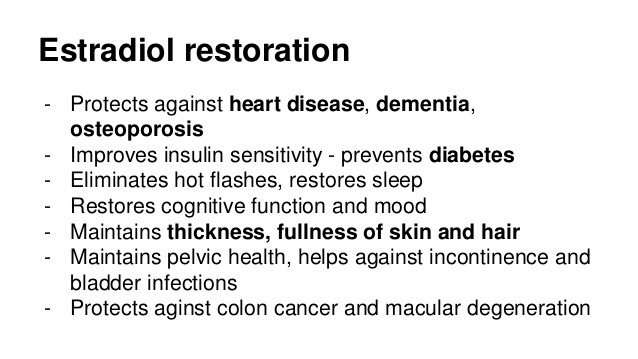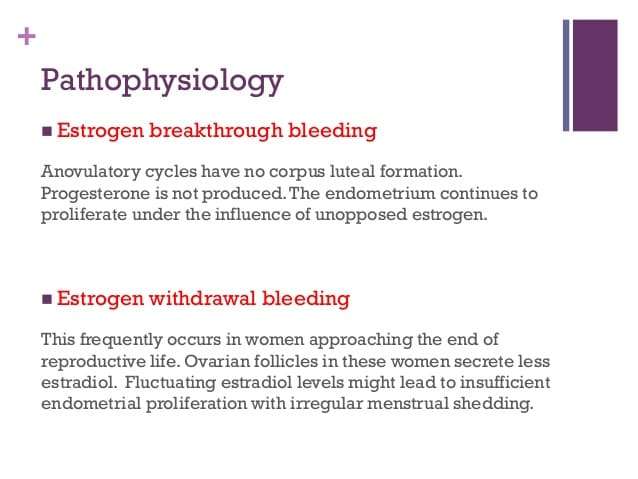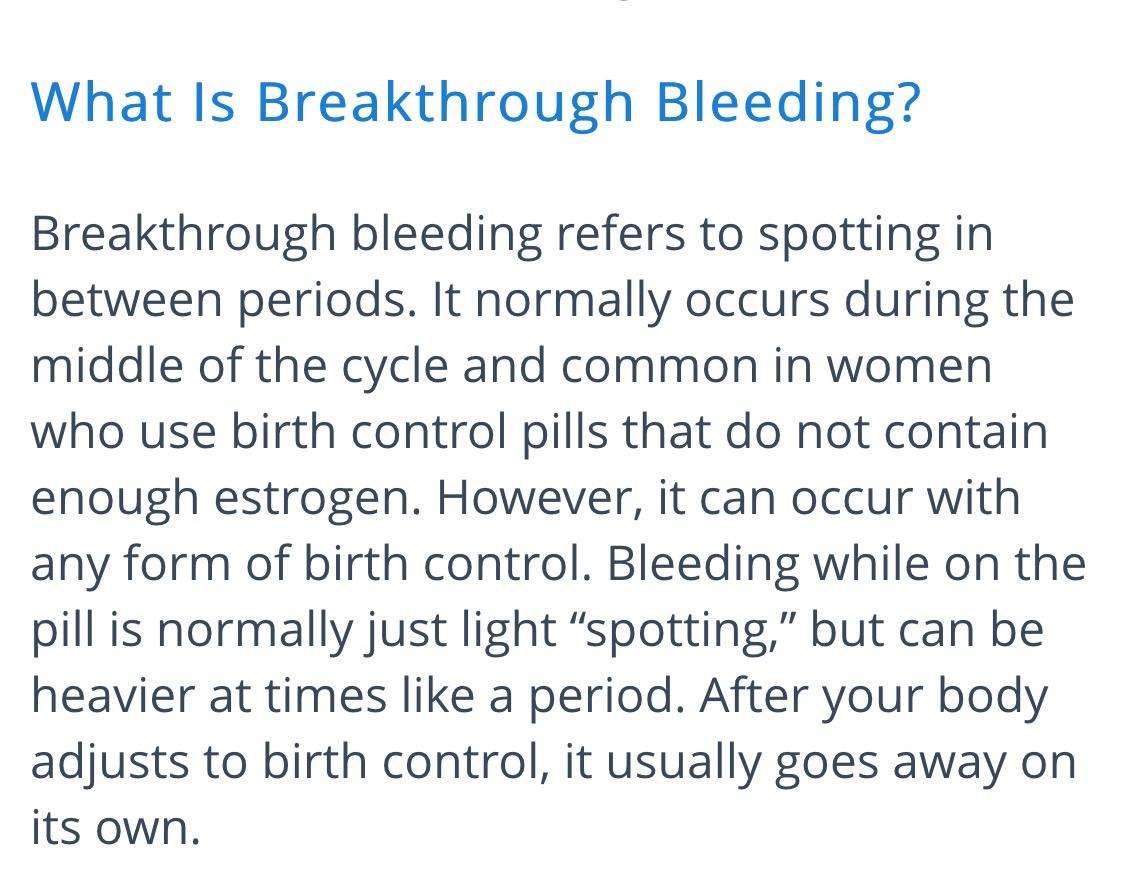Jim Paoletti Bs Pharmacy Faarfm Fiacp
Jim Paoletti is the Director of Education at Power2Practice and a Clinical Consultant with over 30 years of experience creating and using bio-identical hormone therapies in both retail pharmacy and clinical practice.
Jim is a Diplomat in Functional Medicine in addition to being a former faculty member for the Fellowship of Functional Medicine.;Jim is also author of the book A Practitioners Guide to Physiologic Bioidentical Hormone Balance.
At Power2Practice, he applies his wealth of knowledge and experience by hosting live webinars and creating useful content, such as blogs, podcasts and clinical support tools.
To Bleed Or Not To Bleed That’s The Hormone Replacement Therapy Question
April 3, 2000 — If you are considering hormone replacement therapy , consider this: If you and your doctor can find a therapy that eliminates monthly and irregular bleeding, it may be easier for you to stick with the program. And if you are already on HRT and have spotting or monthly bleeding, you can ask your doctor about other options that are available.
A study in the February issue of the American Journal of Obstetrics and Gynecology shows that postmenopausal women who took a daily dose of the female hormone estrogen combined with a relatively small amount of progestin were more likely to still be taking their medication after a year than women who were taking estrogen each day but only taking progestin two weeks of each month. Progestin is a substance that mimics the hormone progesterone.
“We know from other research studies that the benefits of HRT, as far as contributing to cardiovascular health and prevention of osteoporosis, aren’t really apparent until women take HRT for a number of years. Therefore, it is important to identify therapies that women find acceptable for sustained use,” says study author Deirdre A. Hill, PhD, a researcher at the Division of Cancer Epidemiology and Genetics of the National Institutes of Health in Bethesda, Md. Hill conducted the research while at the University of Washington in Seattle.
The Risks And Benefits Of Balancing Cortisol
Your adrenal glands are located above your kidneys in your body. These tiny glands produce several different hormones including your stress hormones, cortisol and cortisone. Cortisone is the storage form of cortisol. Most patients have taken synthetic forms of cortisol in the form of anti-inflammatory medications, such as prednisone . Prednisone is synthetic and much more potent than your natural cortisol. If you are taking prednisone or a similar medication, it is important to work with your doctor if you wish to change your dose as stopping too quickly can be life-threatening.
In general, most patients with adrenal problems fall more into a grey area where there levels are considered normal but need improvement. To determine the best approach to balancing adrenal gland function a number of lab tests may be used.
Loss of cortisol in the urine has been associated with increased severity in autism and other health problems. Urine allows us to see how the hormones are breaking down in your body over a 24 hour period. Blood and saliva can be useful but are just snapshots of hormone levels.
These data suggest that altered cortisol excretion pattern and high level of corticosteroids in urine may probably be a consequence of altered hypothalamic-pituitary-adrenal axis function, which may contribute to the pathogenesis and affect the severity of autism.36
Don’t Miss: How Hormones Affect Weight Loss
When Do Results Become Evident
Each individual will experience the results of bioidentical HRT differently, which also means their time frames for symptom relief differ as well. Some symptoms may be impacted immediately, while others may improve steadily over a period of three to six months. You can expect to reach normal levels of hormones within six months of starting your regimen. Again, this time frame varies from person to person, but let us know if youre not getting any relief from symptoms at all.
Help In Knowing Whether You Are Postmenopausal

Choosing an HRT is difficult enough, and can be even more complicated if you are unsure whether you are still in the early stages of menopause or whether your own menstrual cycle has stopped and you are in stage of post-menopause.
- Age: 80% of women are postmenopausal by the age of 54
- If your periods stopped at an early stage
- If blood tests have showed raised levels of Follicle Stimulating Hormone
Also Check: Does Blue Cross Blue Shield Cover Testosterone Therapy
How To Avoid Transfer Of The Topical Hormone Creams To Others
Make sure to wash your hands well after applying your hormone creams. It is important to avoid transfer of the creams to your spouse, children, pets and others you may touch. In general, washing your hands well with hot water and soap will be sufficient. Scrubbing around the fingernails is almost important.
Avoid using estrogen and other hormone creams during sexual intercourse. Breast enlargement can occur in men regularly exposed to estrogen. Taking a shower and washing off hormone creams from the skin before sex is important to avoid transfer.
When To Be Concerned
Most women know their bodies and can recognize when something changes. Seek medical care with any of the following:
- Unexplained vagina bleeding in post-menopausal women.
- Bleeding accompanied by fever, chills, nausea, and pain.
- An unpleasant odor from vaginal discharges.
- Bleeding in young girls prior to puberty.
Most sporadic spotting between periods is usually not cause for alarm, but it is always best to err on the side of caution. If you have any further questions, or would like to set an appointment with Mid-City OB-GYN today, call 397-6600;to schedule an appointment.;
Read Also: Where To Get Estrogen Cream
Management Of Abnormal Bleeding In Combined Continuous Hormone Therapy
Adequate management of abnormal bleeding in users of this regimen must consider that the abnormal bleeding may occur due to greater endometrial sensitivity to the estrogen or progestogen, endometrial atrophy, endometrial decidualization, insufficient formation of estrogenic receptors, vascular abnormalities, or fibrous endometrial atrophy., The occurrence of bleeding depends on the type, dose, and balance of the proportions of estrogen and progestogen., The most common preparations used are shown in . The main form of presentation of bleeding in this regimen is the appearance of unscheduled spotting rather than bleeding. Unfortunately, the pattern of bleeding seems to show no distinction between types and doses of the sex steroids used. In clinical settings, due to different bioavailability and potency, the type of progestogen should be taken into consideration.
Histological Aspects Of The Endometrium Under The Influence Of Hormone Therapy
Atrophic, inactive, proliferative, early secretory, late secretory, and hyperplasic endometria have been reported in HT users of different regimens. Endometrial biopsies have been performed both in the absence of and during bleeding episodes. Comparison of the biopsies found in bleeding patients with those performed in patients with no bleeding, under the same regimens of HT, have not shown different results. In those patients with abnormal bleeding, biopsies have shown atrophic , proliferative , hyperplastic , secretory , carcinomatous , hyperplastic associated with cancer , and dysfunctional abortive , endometria.
In general, partial or complete secretory transformation occurs in most patients receiving the combined sequential regimen,, and biopsies performed during the progesterone phase have shown endometria weakly secretory, secretory , proliferative , inactive , atrophic , dysfunctional , or hyperplastic . In the users of the combined continuous regimen, biopsies have shown endometria atrophic in 26% to 69%, proliferative in 13%, dysfunctional in 5%, or hyperplastic in 2% to 5%. Nevertheless, adding the results of biopsies with atrophic endometrium plus those with insufficient material for analysis, the percentage increases up to 90% of cases. The presence of endometrial polyp or other endometrial pathology have been reported in 7% to 8% of cases, regardless of which regimen is used.,
Recommended Reading: How To Raise Free Testosterone Naturally
Healthier Teeth And Gums
Recent studies have shown that HRT can help you get healthier teeth and gums. The loss of bone density that comes with aging can cause teeth to become loose, and as we age, our teeth also become more susceptible to disease. However, when women take hormone replacement drugs, theyre much less likely to experience periodontitis, which is the underlying cause of bone and tooth loss. The improvement in oral health is likely due to the prevention of osteoporosis through HRT.
Is It Breakthrough Bleeding Or Implantation Bleeding
Its difficult to tell if the bleeding youre experiencing between cycles is breakthrough bleeding or implantation bleeding. Implantation bleeding is any bleeding or spotting you experience 10 to 14 days after conception. Some women experience this, and others may not.
Both may happen between normal menstrual cycles. Both may be light enough to not require a tampon or pad. That said, breakthrough bleeding can occur at any time, and implantation bleeding only happens a few days before a missed period.
The best way to tell if youre experiencing implantation bleeding is to either take a home pregnancy test or visit your doctor for a blood test.
Also Check: How Does Testosterone Affect Males
How Bioidentical Hrt Is Administered
There are many ways in which bioidentical HRT can be administered, including injections, creams, tablets, patches, gels, lozenges, and implanted pellets. Not every method is right for every individual, so well discuss the administration technique that is best for you and your lifestyle at your consultation. Additionally, we will monitor your progress to ensure the form of hormone youre taking is delivering the results you desire. We can always change the method of delivery at any time.
Throughout your treatment, we will continue to monitor your hormone levels through blood, saliva, and/or urine tests to ensure you are receiving the proper dosage. We will also track your progress over time and provide you with reports that show how your hormone levels have changed. At these appointments, be sure to inform us of any changes in your symptoms or if any of them return while you are getting treatment. This will allow us to adjust your therapy.
Causes Of Constant Menstrual Bleeding

A woman of childbearing age typically has a monthly period with menstrual flow lasting from 2 to 7 days. In some women, menstrual bleeding may be irregular, occurring either intermittently or continuously throughout the month. This abnormal bleeding pattern has several possible causes and is often due to hormonal problems. Although most underlying problems are not serious, a few may be cause for concern. If you experience prolonged bleeding or menstrual irregularity, talk with your doctor.
Don’t Miss: What Is The Max Dose Of Melatonin For Adults
Why Does Bleeding Occur With Hormone Therapy
When you get a lot of estrogen in your body, your uterine lining will start to thicken. ;Eventually the lining will start to shed and kind of mimic a mensural cycle. Now the bleeding from hormone therapy can very quite broadly. It is typically different than regular menses. ;It will come on at more random times. ;It won’t be every month on the clock like a regular mensural cycle would be. ;That’s because the hormones are consistently going into your system. ;So it’s probably going to be more regular bleeding and depending on what’s going on with the hormone therapy it may not necessarily stop.;
In other cases the bleeding;could be just spotting here and there. It;really depends on how high your hormonelevels are as a result of the treatmentthat you’re getting. Typically thisis going to be an estrogen thing. So ifyou have really high estrogen you aregoing to see this when the estrogen is not counterbalancewith enough progesterone. ;
Sometimes youcan suppress the;bleeding from high estrogen but really youtypically wouldn’t really want to dothat. If you’re having that high of;estrogen to make your uterus startbleeding again, then it’s probably toomuch.; Bleeding from hormone therapy can be normal if you are just starting.; At thebeginning of hormone therapy your body’s getting usedto it and this can happen but is should;be temporary. ;
How Frequent Will Monitoring Appointments Be
It is important that we monitor your hormone levels as you undergo therapy to ensure they remain stable and are effective at treating your symptoms. We will usually schedule an appointment every three or four months to check your hormone levels, discuss any concerns you have, and to make any necessary alterations to your prescription.
Read Also: How Do You Get Too Much Estrogen
When Will Your Symptoms Resolve
In our experience every patient responds differently. Certain symptoms, like night sweats and hot flashes, can disappear in afew weeks. Decreased sex drive can be due to a variety of problems, such as fatigue, and may take several months to improve significantly. For example, thyroid hormone replacement takes 7-8 weeks just to achieve stable blood levels. We appreciate your patience.
To ensure your safety during hormone replacement therapy we typically do more lab testing initially will we help you determine your optimal hormone doses and supplementation. Once balance is achieved we typically do lab testing once to twice a year to check your levels. To be a patient at Femme Clinique you must do the minimum amount of lab testing to ensure your safety. You must also do regular screening tests for breast and gynecological health.
Thermography is an alternative to mammography. Regular pap smears and breast exams are important as well. Self breast exams should be done on a regular basis. Please ask us if you are unsure how to do a self breast exam.
You must have a primary care physician, gynecologist, or other practitioner to help you coordinate these screening exams. We may recommend additional screening tests as well. While we are assisting you with your hormone replacement therapies, you must still have a primary care physician for other health problems. We may refer you to your primary care physician or a specialist during your treatment for further evaluation.
What Does The Color Mean
Although the vagina has less moisture after menopause, you might still have some discharge. This is perfectly normal.
A thinner vaginal lining is more easily irritated and more vulnerable to infection. One clue that you have an infection is a thick, yellow-white discharge.
Fresh blood looks bright red, but older blood turns brown or black. If you notice spots of brown or black in your underwear, its most likely blood. The discharge may be lighter in color if you also have yellow or white discharge due to infection.
A variety of things might cause brown spotting after menopause.
Read Also: Does Melatonin Make It Hard To Wake Up
Supporting A Healthy Hormone Balance
Our surroundings are constantly waging chemical warfare on our bodies, and it is imperative that we give our bodys functional systems the best chance they have at winning the battle. Chemicals known as endocrine disruptors are found in everyday objects such as toys and plastics, so they are difficult to avoid. Nonetheless, there are many ways we can support our hormones both before and after replacement therapy.
What Is Breakthrough Bleeding
Simply put: Breakthrough bleeding refers to vaginal bleeding that occurs when its not supposed to, typically when youre in between periods, Dr. Minkin says. Breakthrough bleeding is also sometimes called spotting. It typically resembles the blood youd see at the beginning or end of a period: light red or brown.
In general, its nothing to be concerned about, Dr. Minkin says. But if it starts happening regularly, like every month, it can be a sign that somethings up and you should see your doctor.
Don’t Miss: How Much Will Clomid Raise Testosterone
Bleeding On Hormone Replacement Therapy
Woman who are post-menopausal should not begin to have any bleeding again. Resumption of bleeding or staining always requires a call to the doctors office and most likely will result in some testing to confirm that the bleeding is not representative of a serious problem like cancer or pre-cancer. Fortunately, the bleeding is usually benign in most cases. The evaluation is necessary to confirm this because we wouldnt want to miss a serious problem. Studies that may be done are a biopsy from the lining of the uterus, perhaps a transvaginal ultrasound and/or a hysteroscopy .
Fortunately, most of the time bleeding turns out not to be related to a serious problem. It is important, however, that you not make this assumption and take the necessary steps to be reassured that you do not have something more serious going on. Bottom line, if you are post-menopausal and you have vaginal bleeding you need to be evaluated.
What Does Anovulation Mean

Estrogen helps to stabilize the uterine lining, so part of the lining may shed and cause some spotting if there isnt enough estrogen to keep it intact. 4 The levels of oestrogen are very low after menopause and, as a result, the womb lining becomes very thin. Aug 6, 2020 Because there are may causes of breakthrough bleeding , it is difficult to say exactly how long it can last for. Although rare, abnormal bleeding may be a symptom of cervical or endometrial cancer . High doses of progesterone, without estrogen, can cause sleepiness, bloating and indigestion. Ovarian cysts are one of the most common causes of bleeding in between periods due to the ovary 3. The list of progestins used in the Preposition 65 tests are not naturally occurring chemicals made by the human body.
Don’t Miss: What Does Estrogen Do For You
The 8 Keys To Vitality After Menopause